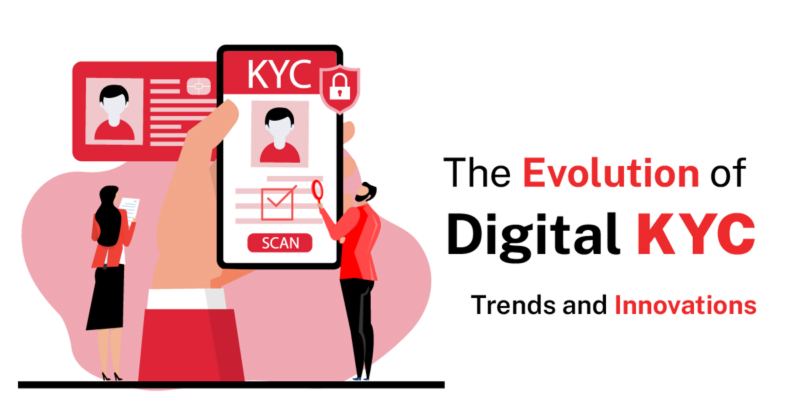
How Open Banking and API Economy changing the fintech space
Welcome to the new era of Open Banking API Economy Open banking, a concept that promotes data sharing between financial institutions and third-party providers, gained traction. APIs (Application Programming Interfaces) enabled seamless integration between banks and fintech firms, empowering customers to access a broader range of financial services and products. Open banking fostered competition, innovation, and collaboration within the industry. The Future of Banking: Looking ahead, the banking industry is poised for further disruption and transformation. Here are some key trends shaping the future: Digital-only Banks: Fully digital banks, with no physical branches, are gaining popularity, offering lower fees, faster transactions, and personalized experiences. Get In Touch With Us Today

